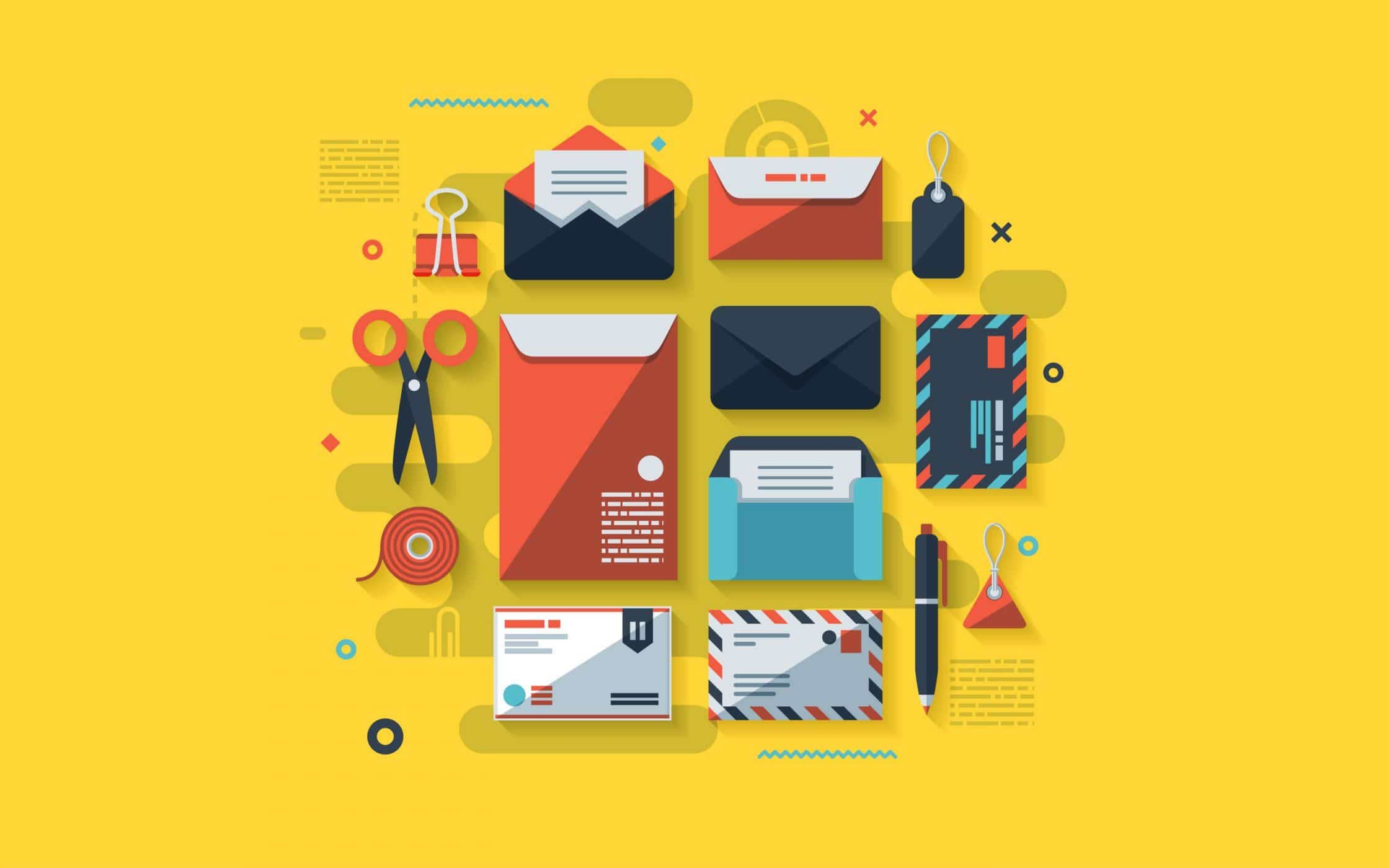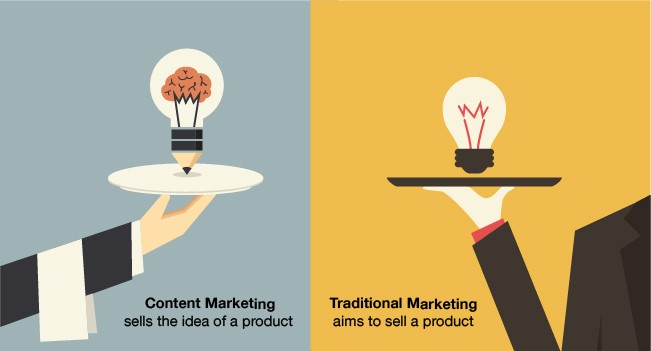
Businesses took advantage this newfound mobility by creating new ways to sell and interact with customers as they moved away from their desks. Social media was created initially to help people connect online. It was simple to create online communities free of charge thanks to bulletin board service on desktops. These platforms quickly became popular and were transformed into paid advertising platforms. These features became less valuable as social media matured.
Augmented reality
AR-powered mobile apps are increasingly popular with consumers. Businesses should think about how they can incorporate this technology in their marketing strategy. Social media users can use AR-powered apps to virtually try on clothes and other products before they make a purchase. This technology also allows them share their photos with the logo of the company on social media. AR-powered applications will continue to grow in popularity among businesses. They can increase their social media presence and sales as well as raise brand awareness.
Stories
Stories are visual stories that rely on visual information. Stories, which disappear after 24 hours, allow users to post pictures or videos that are more spontaneous and less curated than a typical feed. Brands find stories particularly useful as they can use them for behind-the-scenes footage and announcements in a subtle way. These are some tips for marketers to use stories for their marketing purposes.

Chatbots
Businesses are looking for new ways to use chatbots in social media marketing strategies. These sophisticated software programs are used by many businesses, including large companies to improve the customer experience and drive sales through social media channels. However, they come with a few caveats. First, you need to have a legitimate purpose for using chatbots. There are many different ways to use a chatbot, including for customer service or answering questions.
Paid advertising
Paid social media advertising can be very useful when it comes to online marketing. Paid Social Media Advertising allows businesses to target a certain subset of their customers. Paid social media marketing can have many advantages and be extremely beneficial to your business. Targeting users can be done based on their location and interests. Apart from targeting people based their geographic location, you can also target people according to their purchase journey. Paid social media advertising can help your business increase its brand awareness and reach a wider audience.
Marketing to Influencers
The future of influencer marketing is set to change with the start of 2019. The new wave of influencer marketing is dominated by microinfluencers. These small-time, niche players will have greater impact than mega-influencers. Popularity can result in lower engagement. However, an influencer who creates compelling content and keeps viewers engaged may be able to drive sales. Brands will not consider followers as the only criteria for choosing influencers. Instead they will look at engagement and the quality content.

FAQ
How does Content Marketing Strategy help me?
A Content Marketing Strategy gives you access to data you wouldn't otherwise have. This data allows for you to evaluate which types of content are performing better than others.
It can help you decide which strategies are best to drive traffic to you site. It also provides insights into the behavior of your audience so you can create even better content.
This means that you will be able to spend less time worrying over what type of content works and more on what doesn’t.
You can also use a Content Marketing Strategy to determine which messages are most popular with your audience.
These messages can be used to help you identify the content that they are most interested in. This will allow you to create similar pieces of content, and help keep your ideas alive.
Finally, a Content Marketing Strategy will help you track how your content performs. By sharing content, you will be able to easily identify which types of content converts better.
A Content Marketing Strategy can be summarized as the key to ensuring that your content performs well.
What are the 7 steps of content marketing?
The seven-step process to content marketing is:
-
Identify the problem
-
Learn more about what's happening now
-
New ideas are possible
-
Turn them into strategies
-
You can test them
-
Measuring the results
-
Keep going until you find the right solution.
This approach is proven to work for all businesses, large or small.
What are the benefits to content marketing?
Through the creation of high-quality content, Content Marketing helps to drive sales and leads. Content marketing also provides a steady stream of fresh, original content that can be used to promote products and services. In addition, content marketing increases brand awareness and trust among potential customers. The best part about content marketing is that it creates a positive image and reputation for your company.
Statistics
- Content marketing produces 3X more leads per dollar spent. Content marketing costs 62% less than traditional marketing. (criteo.com)
- We found that 40% of businesses don't have a documented strategy yet. (semrush.com)
- An example of an overarching goal could be: "In 2022, we want to achieve a 20% increase in revenue created by organic content and generate 15,000 MQLs with a budget of $30,000." (semrush.com)
- According to the Content Marketing Institute, 70% of B2B marketers and 86% of B2C marketers surveyed use content marketing in some form or other. (criteo.com)
- Out of the 1,500 marketers we surveyed for our State of Content Marketing report, 78% who felt their content marketing strategy was exceptionally effective in 2021 had documented their strategy. (semrush.com)
- In fact, would pay more for a better customer experience, and 86% of B2B buyers would pay more. (neilpatel.com)
- Measure your goals with a progress indicator of 0-100%. Make your goals collaborative and transparent (semrush.com)
- According to our research, brand awareness, attracting traffic, and generating leads remain the key content marketing goals in 2022. (semrush.com)
External Links
How To
Infographic Design Tips for Content Marketing
Infographics are a powerful way to simplify complicated concepts, and make information easier to understand. Use infographics as a tool to promote your content marketing message.
To create an infographic using design software such Adobe Illustrator, Photoshop or other similar programs, you will need Adobe Illustrator. You can use these programs to draw out different shapes and elements to represent your data, then add colors and fonts to make everything look nice. Once your design has been created, you can start uploading images from Unsplash/Pixabay to incorporate into it.
Check out existing infographics online to get some ideas. A picture of a food Pyramid could be used to show how many calories each food has. You might also want to calculate how many calories are in soda pop. This can be done by taking a picture with a bottle of Coke.
After you have created your infographic, it can be shared through social media channels such as Facebook and Twitter. This will make it easier for people who don't know the concept to get familiar with it. If you decide to post your infographic on social media platforms, include hashtags so others can see what you're talking about. Hashtags enable users to follow along in conversations related to specific topics.
Make your infographics shorter than normal if you are creating them. An average blog post will be between 2000 and 5000 words. An infographic, however, only needs 500 to 1000 words. This means that you can convey more information in a shorter space.
Keep in mind that viewers may have difficulty reading small fonts when creating your infographic. You should use large fonts for your infographics. Don't rely too heavily upon color. Also, ensure all text is legible.
Here are some more tips
-
Choose an Infographic Template. There are many free templates available online and in printable formats. Canva and Piktochart are some of the most popular.
-
Make your Infographic. Create your infographic using the template. You can use whatever media is most appropriate for your audience. You might use photos of local restaurants to create an infographic about the best places in Seattle.
-
Add text. Add text to your infographic once you have it created. You can use Microsoft Word, PowerPoint or Canva to add text.
-
Add images. Add images to your infographic. These images can include charts, graphs and icons. If you want to add a picture, make sure it's relevant to your topic.
-
Make It Interactive. Interactive elements like buttons, maps and links can be added to your website. This will help engage your audience.
-
Share. Share your infographic after you're done.
-
Measure. Do you know how well your infographic performed? Did they click through to your site? Did they sign-up for your email address? Was their reaction to the infographic?
-
Improve. Is there a way to improve your infographic? Could you do better next time?
-
Repeat. Repeat.